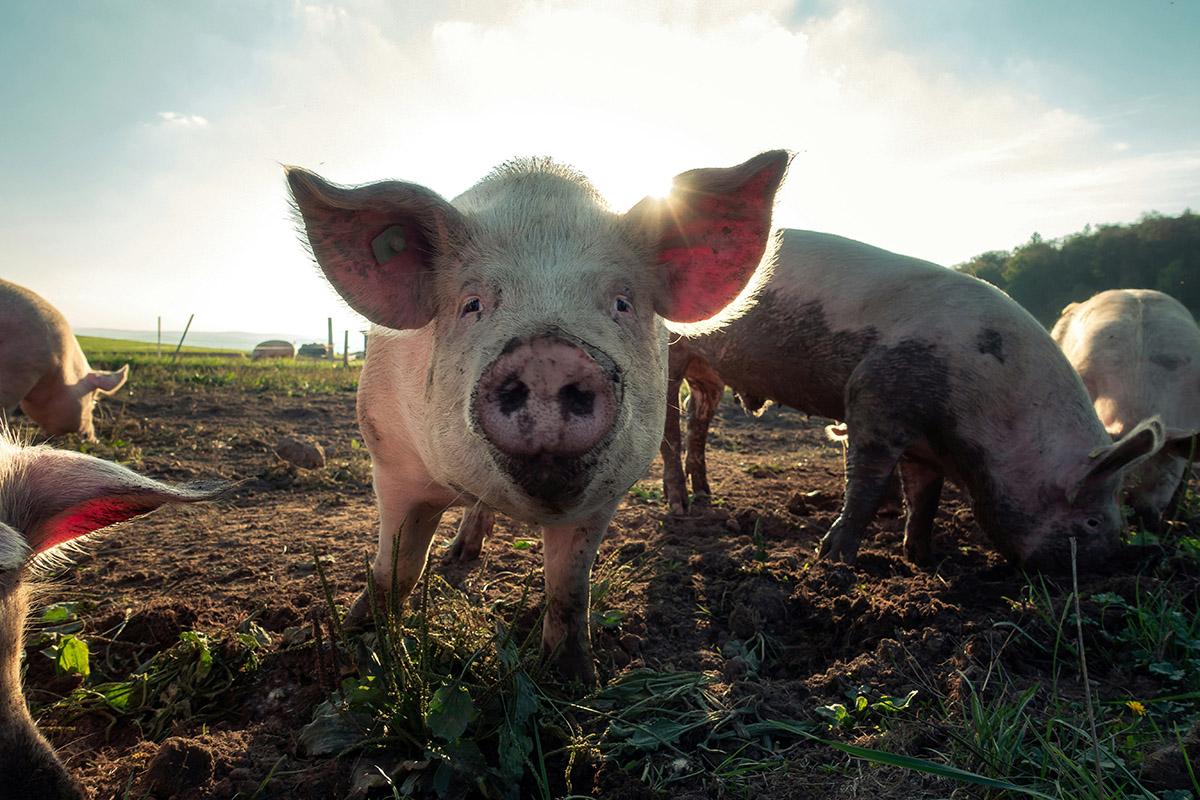Dr Christopher Sanders
Christopher Sanders’ research focuses on the physiological and behavioural attributes that enable an insect species to transmit a pathogen – known as its ‘vector capacity’. Since 2006, his work has explored the behaviour of Culicoides biting midges, vectors of bluetongue virus (BTV) between ruminants. These small insects have the potential to be transported over long distances on prevailing winds, carrying viruses with them.
Christopher has used trapping techniques at different altitudes to identify the behaviours and meteorological conditions that may allow such long distance dispersal in Culicoides. Parameters estimated from these experiments were used in collaboration with the UK Met Office to develop a model within the Numerical Atmospheric Modelling Environment (NAME), used as an early warning system to predict incursion of BTV and other Culicoides-borne viruses to the UK and other likely incursion zones internationally. To examine within and between-farm dispersal of Culicoides, he has developed an immunomarking technique using protein marking of both individuals and habitat, demonstrating that an individual Culicoides midge can fly more than 3km overnight.
Another variable in assessing vector capacity is the proportion of a vector population able to transmit a virus, its vector competence. This varies with virus species, virus strain, and vector species and population. Christopher is studying this interaction with specific reference to the variance in ability of BTV strains to be transmitted by Northern European Culicoides. He is also interested in how a changing climate may influence vector populations, survival of adults in winter and the likelihood of vector-borne virus transmission.
Projects
Publications
Articles
Committees
Chair Environment and Energy Committee
Conferences
- Sanders, C. Speaker, ‘Vector competence may influence selection of field reassortment strains of bluetongue virus’ Vector-borne Diseases in the UK Biennial Conference, Liverpool, 29 November 2016.
- Sanders, C. Speaker, ‘Vector competence may influence selection of field reassortment strains of bluetongue virus’ International Congress of Entomology, Orlando, Florida, 28 September 2016.
- Sanders, C. Invited speaker, ‘Quantification of within- and between-farm dispersal of Culicoides using an immunomarking technique’ Mitigating ongoing risk of Bluetongue epidemics through efficient control and protection zones limits. Lancaster University, 22 August 2016.
- Sanders, C. Burgin L. and Carpenter, S. Poster: ‘Techniques for the study of dispersal of Culicoides biting midges’ 4th International Conference – Bluetongue and other Orbivirus diseases, Rome, 6 November 2014
- Sanders, C. Invited speaker, ‘Predicting the dispersal of Culicoides’ Society of Vector Ecology, San Antonio, Texas, 28 September 2014.
- Sanders, C. Speaker, ‘Culicoides vectors and viruses in the UK’ Invited speaker, ‘Advances in Development of Early Warning Tools for Detection of Vector-borne Diseases of Animals, including Zoonoses - Focus on Vectors and Development of Diagnostic and Tracing Technologies used for Livestock Pathogen Detection’, Joint FAO/IAEA consultant meeting, Vienna 5th December 2013.
- Sanders, C. Speaker, ‘Dispersal of Culicoides (Diptera: Ceratopogonidae) vectors: predicting the disease risk to the UK.’ Bluetongue, Schmallenberg, what is next? Culicoides-borne viral diseases in the 21st Century, workshop University of Wageningen 3rd May 2013.
- Sanders, C. Invited speaker, ‘Long distance dispersal of Culicoides (Diptera: Ceratopogonidae) vectors: Predicting the risk of disease incursion to the UK’. Royal Entomological Society, Ento11: Annual meeting, University of Greenwich 8th September 2011.
- Sanders, C. Invited speaker, ‘Climate change and vector-borne disease’. Society of General Microbiology Dublin, Ireland 3rd February 2011.







